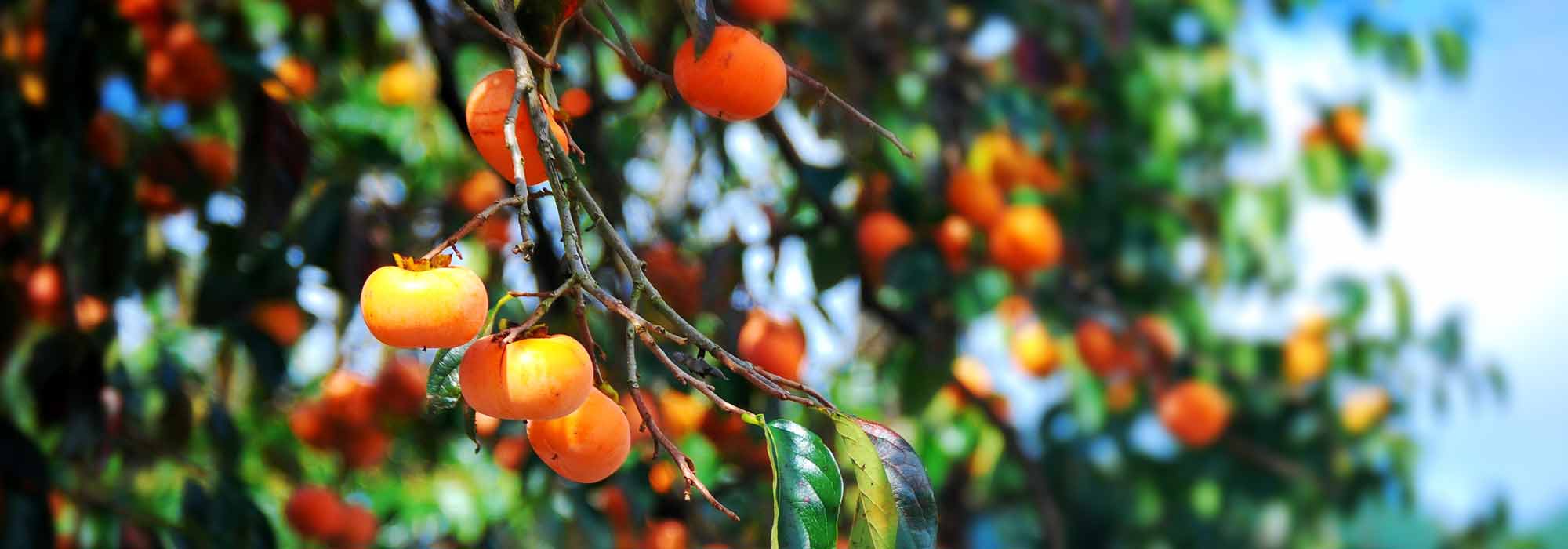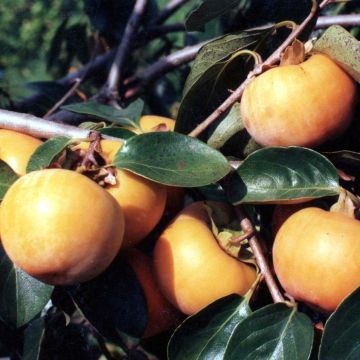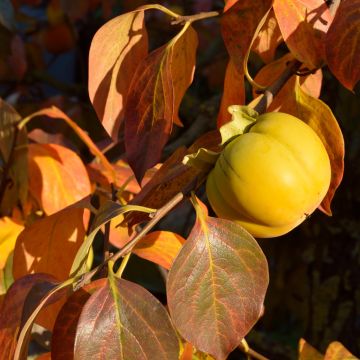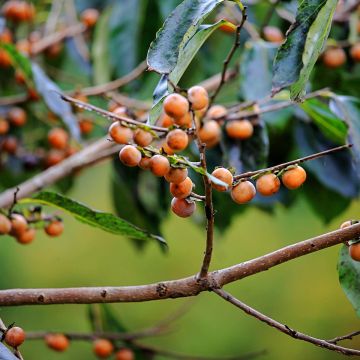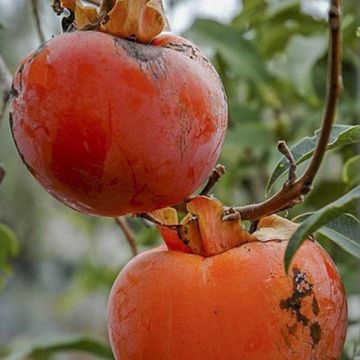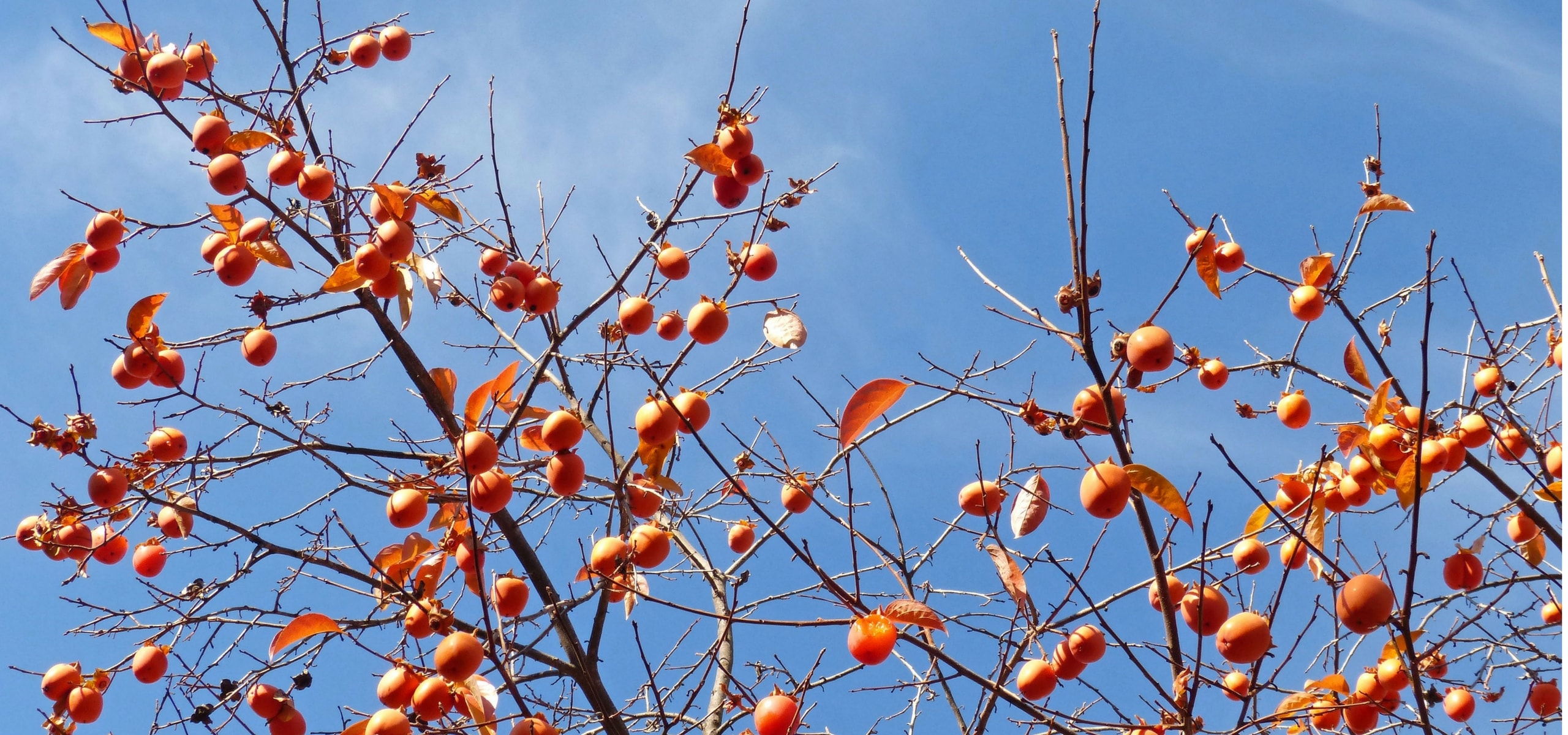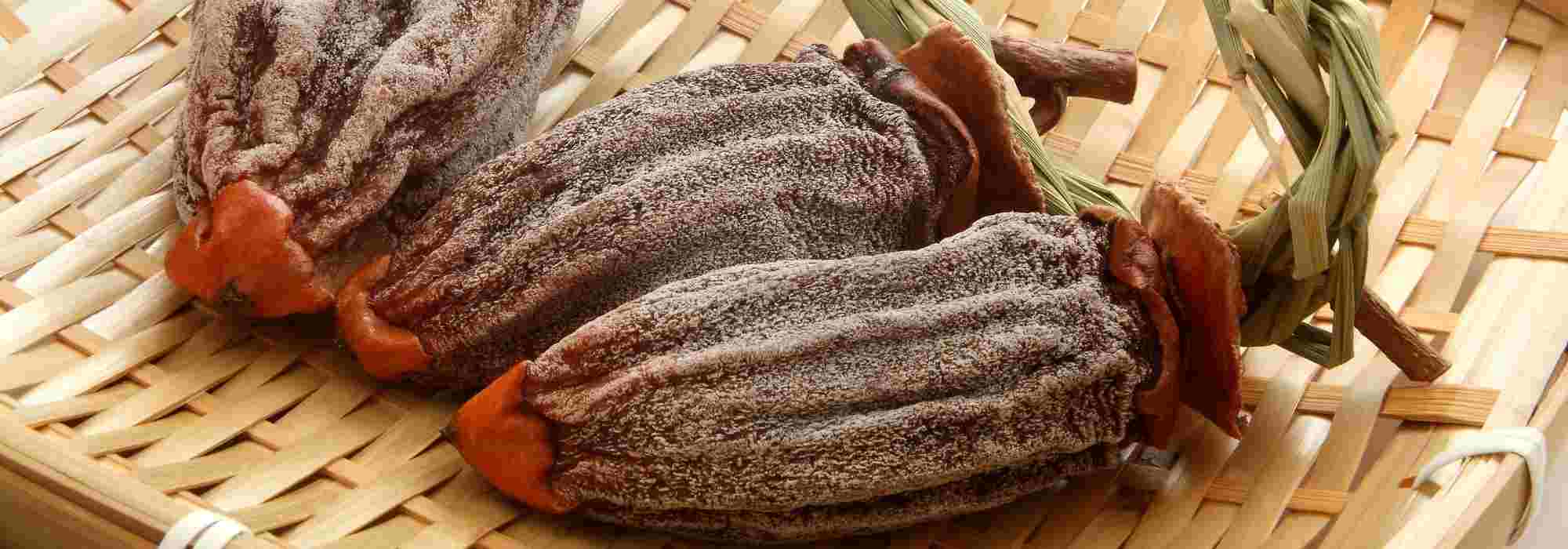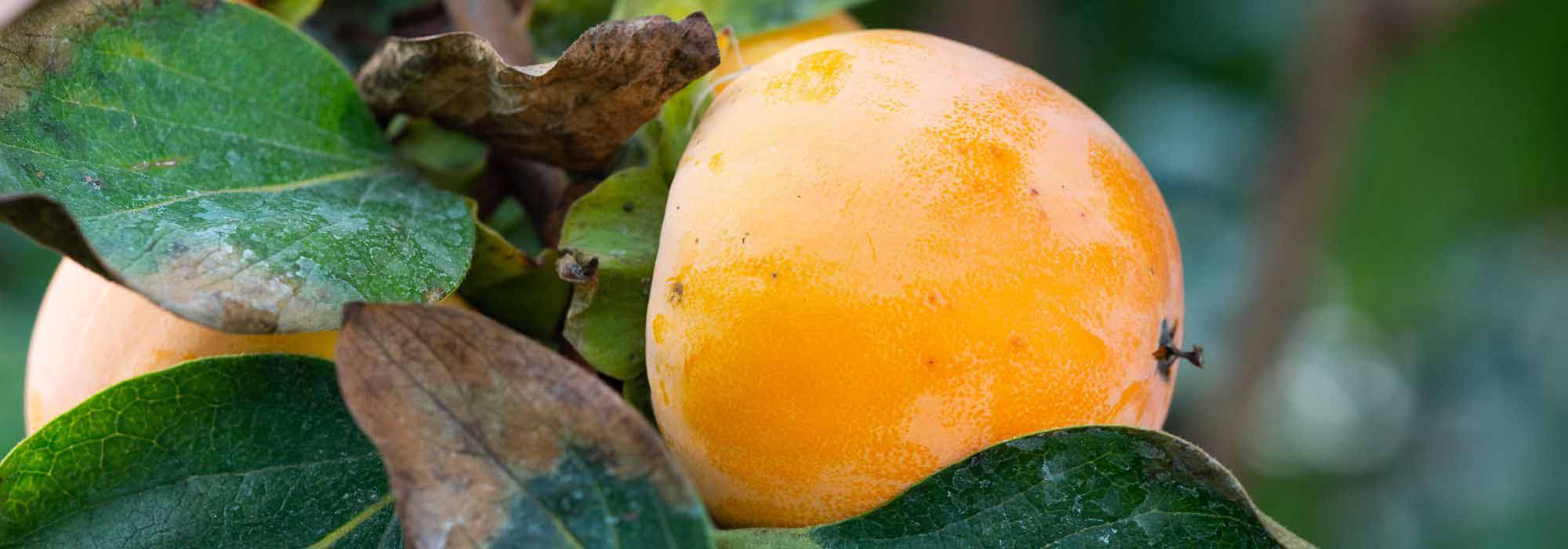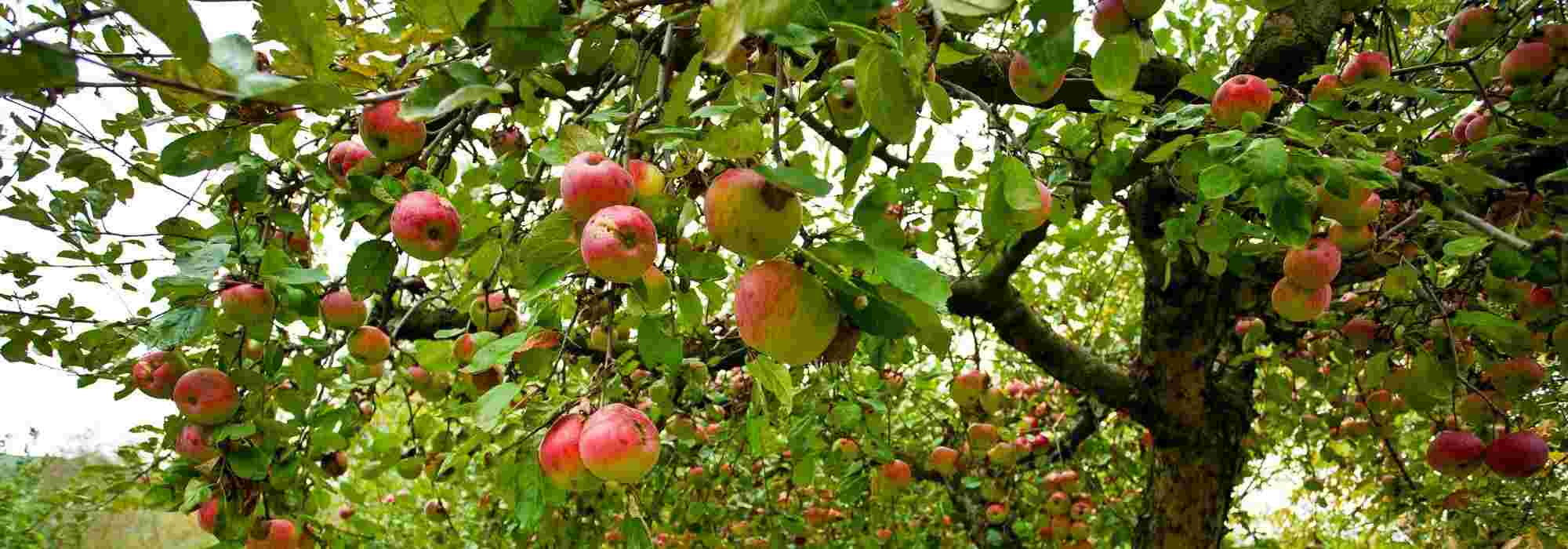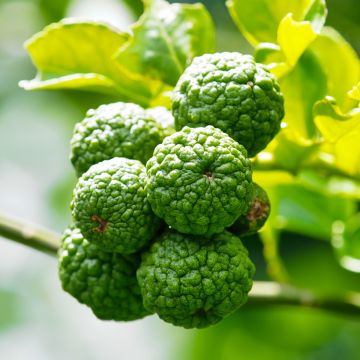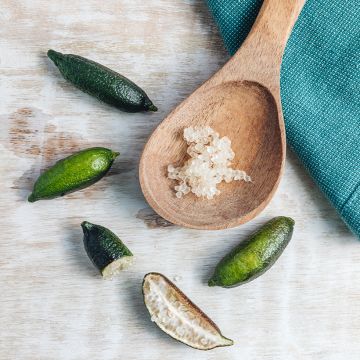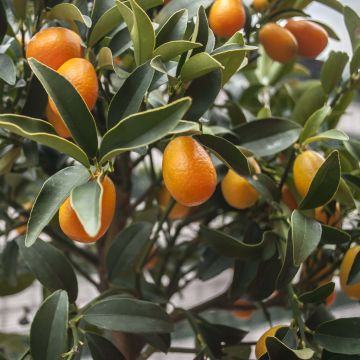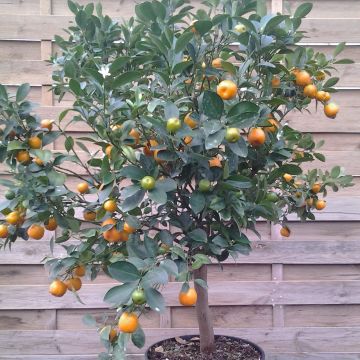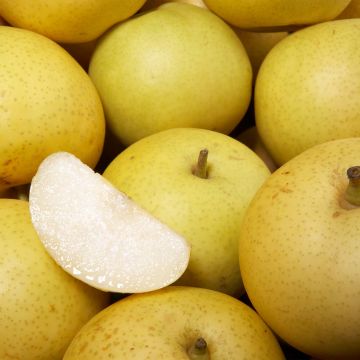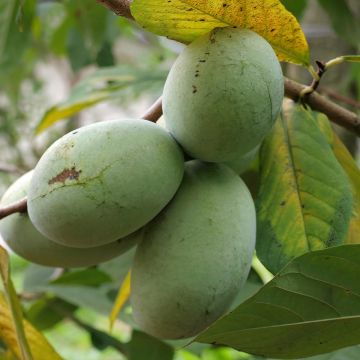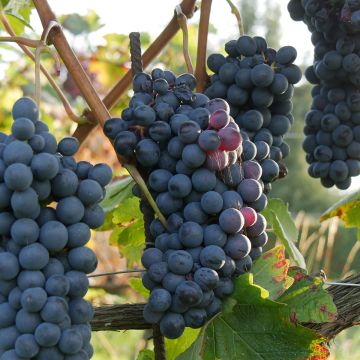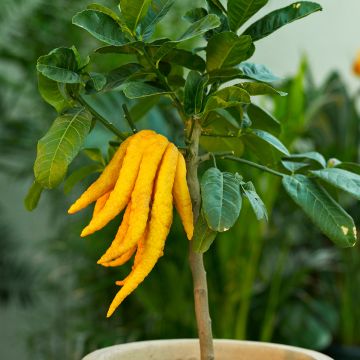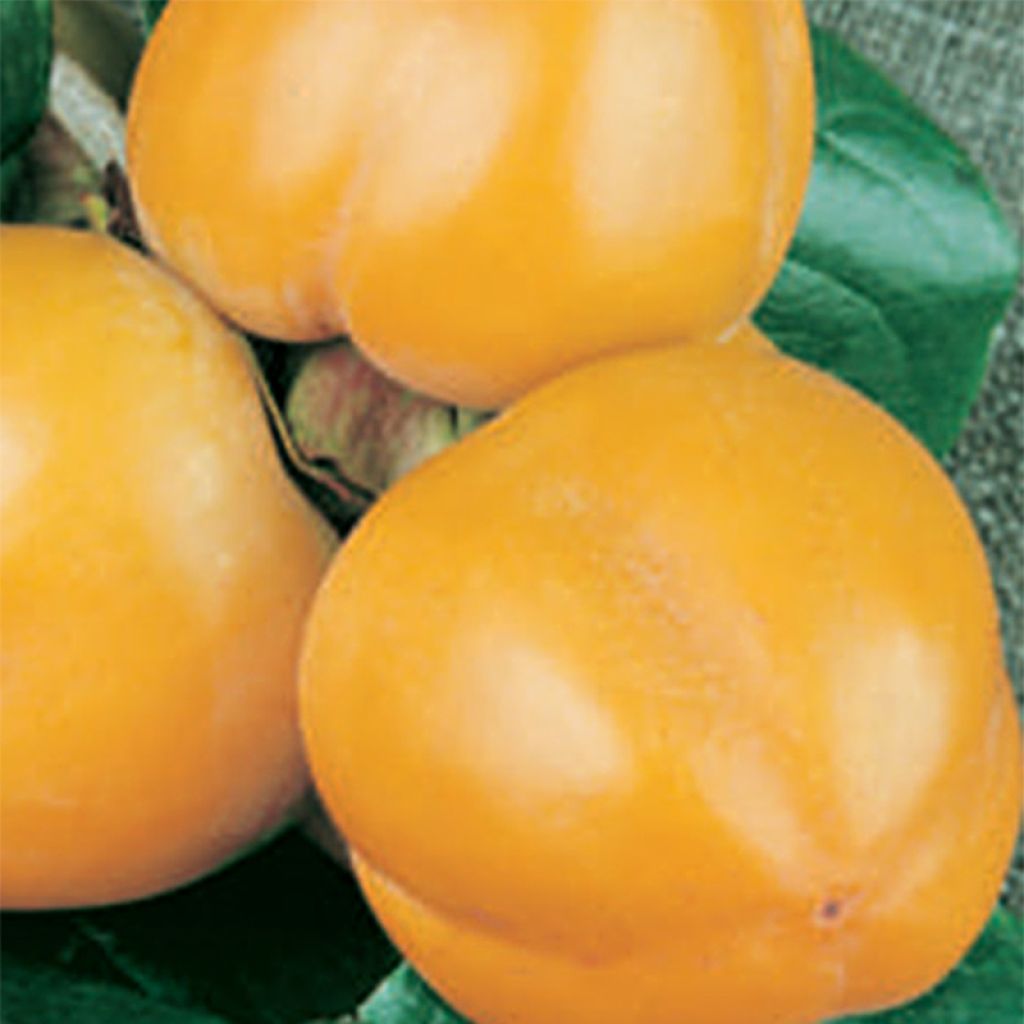

Diospyros kaki Muscat - Persimmon
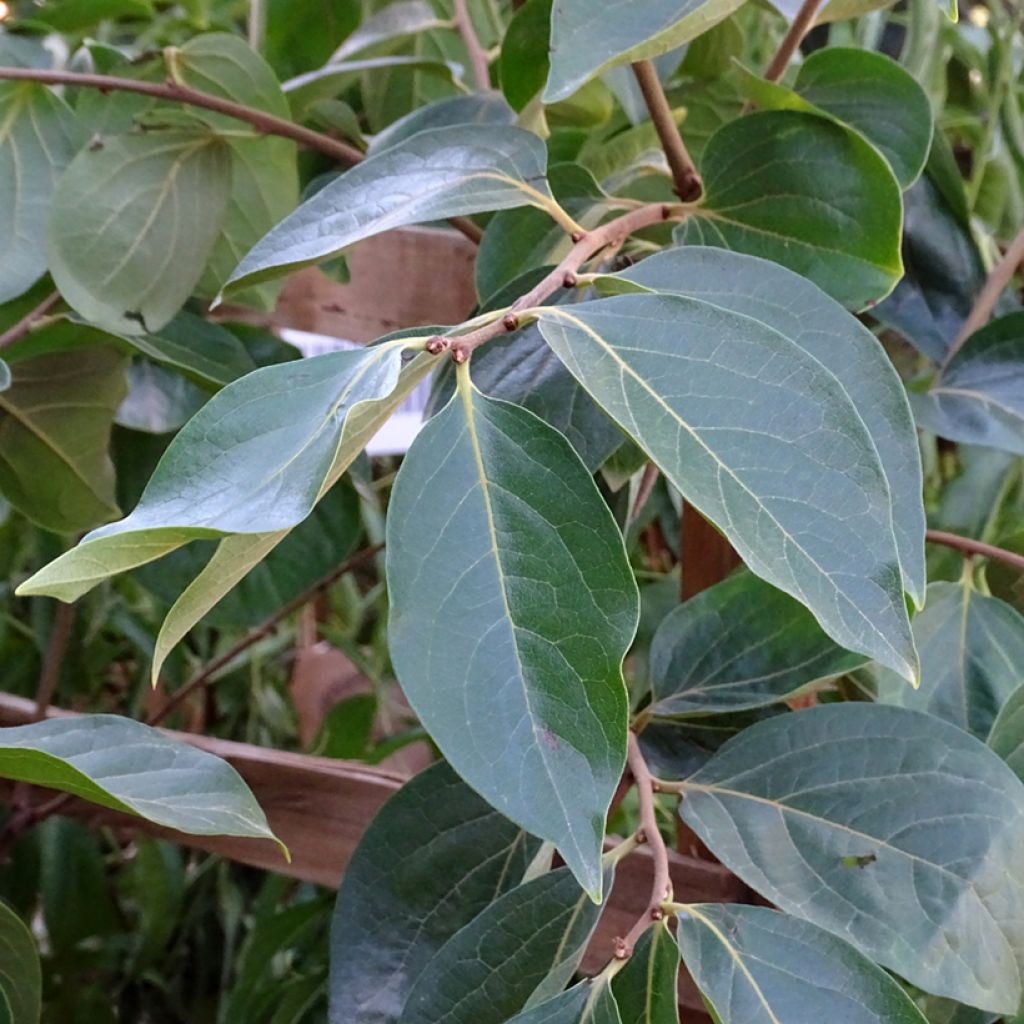

Diospyros kaki Muscat - Persimmon
Diospyros kaki Muscat - Persimmon
Diospyros kaki Muscat
Persimmon, Kaki, Japanese Persimmon, Oriental Persimmon
Je suis surpris de constater que la remise de 50% annoncée n e soit pas appliqué à cet arbre là.
Patrice, 07/03/2023
Special offer!
Receive a €20 voucher for any order over €90 (excluding delivery costs, credit notes, and plastic-free options)!
1- Add your favorite plants to your cart.
2- Once you have reached €90, confirm your order (you can even choose the delivery date!).
3- As soon as your order is shipped, you will receive an email containing your voucher code, valid for 3 months (90 days).
Your voucher is unique and can only be used once, for any order with a minimum value of €20, excluding delivery costs.
Can be combined with other current offers, non-divisible and non-refundable.
Home or relay delivery (depending on size and destination)
Schedule delivery date,
and select date in basket
This plant carries a 6 months recovery warranty
More information
We guarantee the quality of our plants for a full growing cycle, and will replace at our expense any plant that fails to recover under normal climatic and planting conditions.
Description
The Kaki Muscat (Diospyros Kaki) or Chinese Persimmon is a fruit and ornamental tree that produces round, seedless orange fruits about the size of a tomato. The flesh becomes tender and melting, losing its astringency when ripe. This vigorous and productive variety is well suited to warm climates. Plant it in the autumn or winter, away from frost, for a harvest starting in October.
The Kaki Muscat (Diospyros Kaki) produces fruits that are 8 to 10 cm (3 to 4in) in diameter, with thin, orange skin. The tender and melting flesh is seedless. The harvest of the Kaki starts in late autumn. Be patient: the harvest usually begins in the 3rd or 4th year. Pick the Kakis with pruners. They can be harvested when they are ripe, soft to the touch, but they must be consumed quickly. You can also pick them when they are still firm and let them ripen indoors, wrapped in newspaper, with the stem down, near apples. For longer storage, opt for freezing. The Kaki is consumed when it is almost over-ripe, meaning very soft, almost too ripe. This ripening phase is necessary to remove the astringency of the fruits. The onset of frost seems to promote this ripeness, although opinions are not unanimous on the subject. In terms of cooking, the Kaki is eaten raw, cut in half and eaten with a spoon, or it can be added to a fruit salad, crumble, compote, or sometimes served with a savoury dish. It is rich in vitamin C and provitamin A.
The Muscat variety is vigorous and productive. The flowering is late, appearing in May-June, in the form of small insignificant yellow flowers, which will be pollinated by insects. It is a self-fertile variety.
The Kaki (Diospyros Kaki) is a tree native to China, with a rounded habit, reaching 6 to 10 m (20 to 33ft) in height and 5 to 7 m (16 to 23ft) in width. Its growth is rather slow. Belonging to the Ebenaceae family, its wood is very hard. The leaves of the Persimmon tree are elongated, about fifteen centimetres long, and shiny green. They take on a beautiful reddish hue in autumn before falling, while the fruits are already present on the tree. The Kaki is a hardy tree, able to withstand temperatures down to -18°C (-0.4°F), but still requires high heat in summer. In the garden, it can be planted in an orchard, isolated on a lawn, or at the back of a flower bed. It is both a fruit and ornamental tree, thanks to its superb autumn colour and its orange fruits hanging on the tree in early winter. It thrives in warm climates and is suited to the same areas as the fig tree, olive tree, or almond tree.
Diospyros kaki Muscat - Persimmon in pictures
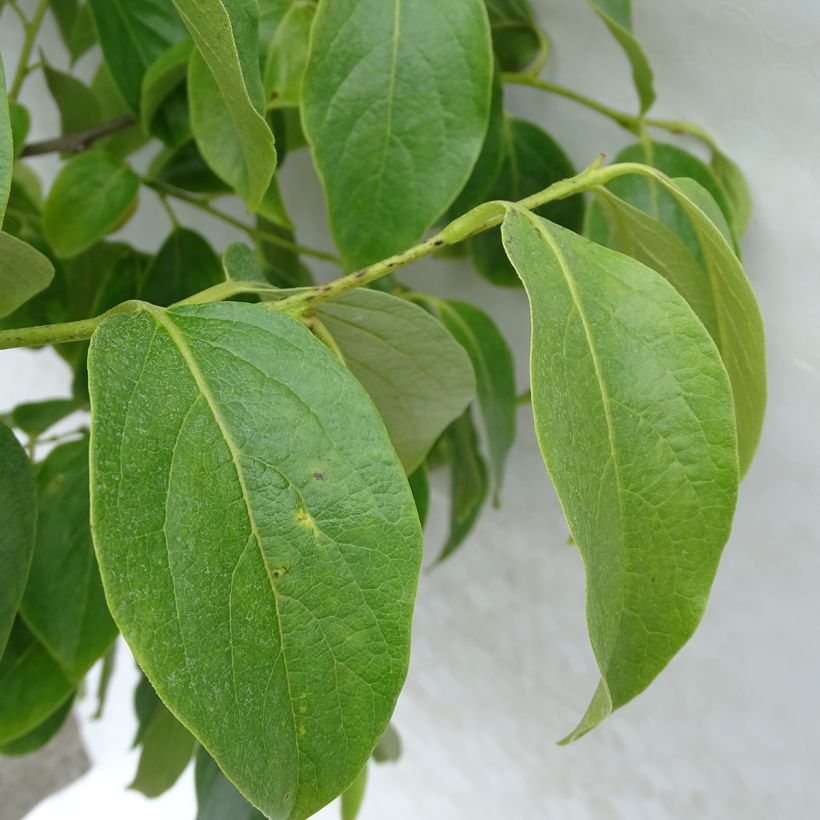

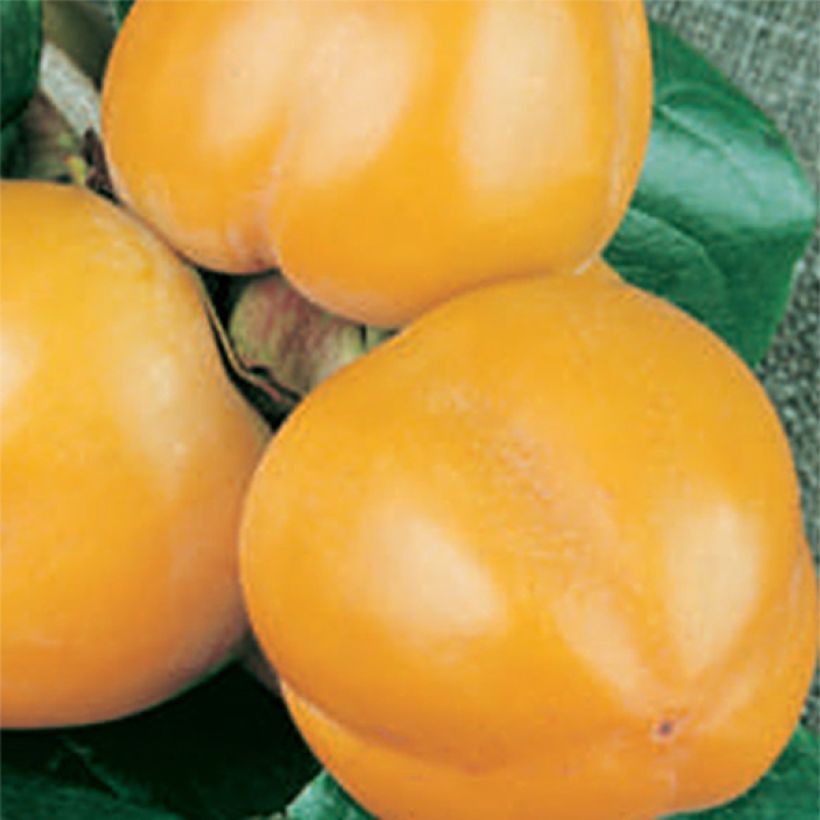

Plant habit
Fruit
Flowering
Foliage
Botanical data
Diospyros
kaki
Muscat
Ebenaceae
Persimmon, Kaki, Japanese Persimmon, Oriental Persimmon
China
Diospyros lotus (7.5L/10L pot - Half standard)
Other Persimmon trees - Diospyros
View all →Planting and care
Planting should be done in the frost-free autumn-winter period, or alternatively in spring with regular watering. Choose a very sunny and sheltered location. The Chinese Persimmon thrives in all types of soil, preferably with an acidic tendency. It prefers well-drained and rich soils. If you plant multiple plants, space them out by 5 to 7 meters (16 to 23 feet) in all directions.
Soak the root ball in water for a few moments before planting. Dig a hole 3 to 4 times the volume of the root ball, making sure to separate the bottom soil from the topsoil. Mix the bottom soil with crushed horn and well-rotted compost or potting soil, then pour this mixture into the planting hole. Install a stake. Place the root ball, without burying the collar, cover with the topsoil and firm it down. Create a basin around the base and water generously. Attach the stake to the plant, crossing the tie in an 8 shape, without touching the trunk. Watering should be regular during the first year and then as needed, mainly in case of high temperatures.
In spring, every year, apply well-rotted compost by surface scratching, taking care not to damage the roots.
Kaki is not very susceptible to diseases and pests.
Planting period
Intended location
Care
Planting & care advice
-
, onOrder confirmed
Reply from on Promesse de fleurs
Similar products
Haven't found what you were looking for?
Hardiness is the lowest winter temperature a plant can endure without suffering serious damage or even dying. However, hardiness is affected by location (a sheltered area, such as a patio), protection (winter cover) and soil type (hardiness is improved by well-drained soil).

Photo Sharing Terms & Conditions
In order to encourage gardeners to interact and share their experiences, Promesse de fleurs offers various media enabling content to be uploaded onto its Site - in particular via the ‘Photo sharing’ module.
The User agrees to refrain from:
- Posting any content that is illegal, prejudicial, insulting, racist, inciteful to hatred, revisionist, contrary to public decency, that infringes on privacy or on the privacy rights of third parties, in particular the publicity rights of persons and goods, intellectual property rights, or the right to privacy.
- Submitting content on behalf of a third party;
- Impersonate the identity of a third party and/or publish any personal information about a third party;
In general, the User undertakes to refrain from any unethical behaviour.
All Content (in particular text, comments, files, images, photos, videos, creative works, etc.), which may be subject to property or intellectual property rights, image or other private rights, shall remain the property of the User, subject to the limited rights granted by the terms of the licence granted by Promesse de fleurs as stated below. Users are at liberty to publish or not to publish such Content on the Site, notably via the ‘Photo Sharing’ facility, and accept that this Content shall be made public and freely accessible, notably on the Internet.
Users further acknowledge, undertake to have ,and guarantee that they hold all necessary rights and permissions to publish such material on the Site, in particular with regard to the legislation in force pertaining to any privacy, property, intellectual property, image, or contractual rights, or rights of any other nature. By publishing such Content on the Site, Users acknowledge accepting full liability as publishers of the Content within the meaning of the law, and grant Promesse de fleurs, free of charge, an inclusive, worldwide licence for the said Content for the entire duration of its publication, including all reproduction, representation, up/downloading, displaying, performing, transmission, and storage rights.
Users also grant permission for their name to be linked to the Content and accept that this link may not always be made available.
By engaging in posting material, Users consent to their Content becoming automatically accessible on the Internet, in particular on other sites and/or blogs and/or web pages of the Promesse de fleurs site, including in particular social pages and the Promesse de fleurs catalogue.
Users may secure the removal of entrusted content free of charge by issuing a simple request via our contact form.
The flowering period indicated on our website applies to countries and regions located in USDA zone 8 (France, the United Kingdom, Ireland, the Netherlands, etc.)
It will vary according to where you live:
- In zones 9 to 10 (Italy, Spain, Greece, etc.), flowering will occur about 2 to 4 weeks earlier.
- In zones 6 to 7 (Germany, Poland, Slovenia, and lower mountainous regions), flowering will be delayed by 2 to 3 weeks.
- In zone 5 (Central Europe, Scandinavia), blooming will be delayed by 3 to 5 weeks.
In temperate climates, pruning of spring-flowering shrubs (forsythia, spireas, etc.) should be done just after flowering.
Pruning of summer-flowering shrubs (Indian Lilac, Perovskia, etc.) can be done in winter or spring.
In cold regions as well as with frost-sensitive plants, avoid pruning too early when severe frosts may still occur.
The planting period indicated on our website applies to countries and regions located in USDA zone 8 (France, United Kingdom, Ireland, Netherlands).
It will vary according to where you live:
- In Mediterranean zones (Marseille, Madrid, Milan, etc.), autumn and winter are the best planting periods.
- In continental zones (Strasbourg, Munich, Vienna, etc.), delay planting by 2 to 3 weeks in spring and bring it forward by 2 to 4 weeks in autumn.
- In mountainous regions (the Alps, Pyrenees, Carpathians, etc.), it is best to plant in late spring (May-June) or late summer (August-September).
The harvesting period indicated on our website applies to countries and regions in USDA zone 8 (France, England, Ireland, the Netherlands).
In colder areas (Scandinavia, Poland, Austria...) fruit and vegetable harvests are likely to be delayed by 3-4 weeks.
In warmer areas (Italy, Spain, Greece, etc.), harvesting will probably take place earlier, depending on weather conditions.
The sowing periods indicated on our website apply to countries and regions within USDA Zone 8 (France, UK, Ireland, Netherlands).
In colder areas (Scandinavia, Poland, Austria...), delay any outdoor sowing by 3-4 weeks, or sow under glass.
In warmer climes (Italy, Spain, Greece, etc.), bring outdoor sowing forward by a few weeks.






























